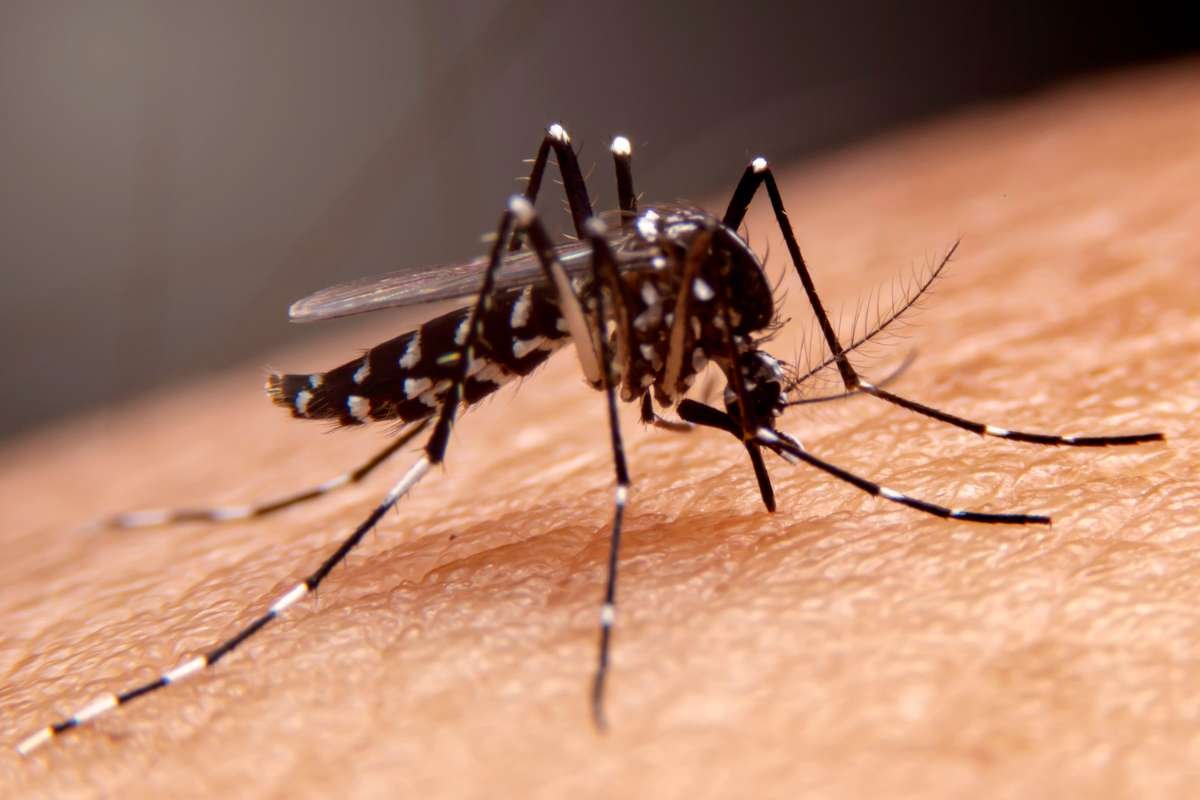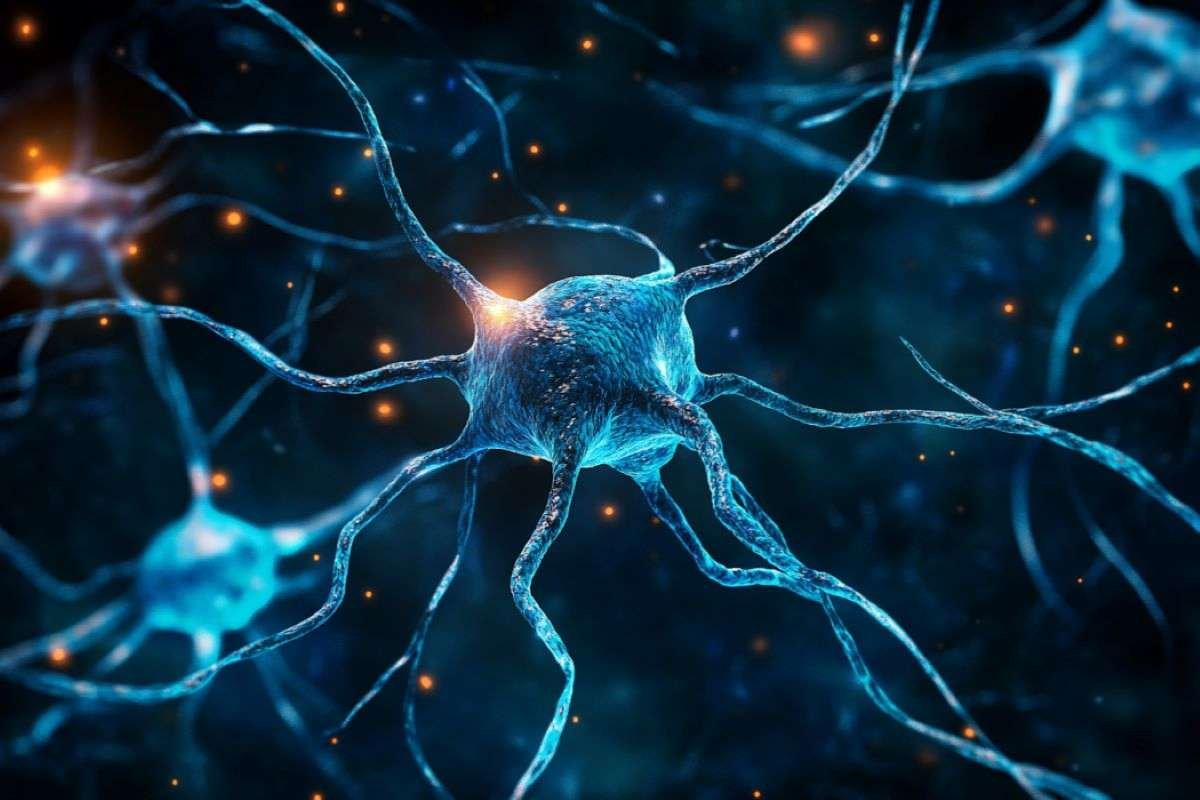In a groundbreaking study published on July 31 in Science, researchers have identified genetic clusters in humans that mirror those found in hibernating animals. The discovery of the hibernation gene in humans could pave the way for innovative therapies for obesity, diabetes, and other metabolic disorders. The study highlights how traits once thought unique to hibernators, such as slowing metabolism or reversing muscle loss, may already lie dormant in human DNA.
Genetic Blueprint for Hibernation Already in Humans
Researchers from the University of Utah and other institutions analyzed the genomes of mammals, focusing on changes unique to hibernating species like bears and ground squirrels. They discovered that regions of the human genome, particularly those associated with metabolism, referred to as the “fat and obesity locus,” contain similar sequences. These segments appear to act as control hubs for managing energy usage and fat storage.
Lead author Elliott Ferris explained that their team looked for genetic regions that remained unchanged across most mammals for over 100 million years but shifted dramatically in hibernators. “That pattern indicates these areas could be crucial for the traits that allow animals to survive periods of starvation or inactivity,” Ferris said.
A Potential Medical Breakthrough
The implications of this research are wide-ranging. Hibernating animals can survive months of inactivity without experiencing muscle atrophy or nerve damage, and they can rapidly gain or lose weight without compromising health. If scientists can understand how to “flip the switches” embedded in human DNA, it may one day be possible to mimic these protective traits linked to the hibernation gene in humans.
“Humans already have the genetic framework,” said Susan Steinwand, a professor at the University of Utah and co-author of the study. “The challenge is to identify the control switches for these hibernator traits.” Unlocking these switches could lead to treatments that modulate metabolism to combat age-related illnesses, obesity, and insulin resistance.
The Role of Genetic Regulators
The study suggests that the key difference between humans and hibernating animals may not be in what hibernators have but in what they lack. While humans appear to have a built-in regulatory mechanism that keeps metabolism running at a steady rate, hibernators might have lost or suppressed this “governor.” This absence may help activate the hibernation gene in humans under specific conditions.
The researchers propose that these genes function like orchestra conductors, directing large-scale genetic changes that optimize metabolism for different situations. By learning to override our regulatory systems, scientists could one day develop therapies that safely replicate these adaptive processes in humans.
Although the research is still in its early stages, it opens a new frontier in metabolic science. Future studies will aim to locate and understand the exact genomic “switches” that govern hibernation-like traits. If successful, this could mark a paradigm shift in how we treat chronic metabolic and age-related diseases.
Senior author Chris Gregg emphasized the broader potential: “If we can access this latent biology hidden in our genome, we may develop new ways to improve health and longevity.” The team plans to continue exploring these genomic pathways, hopeful that the secrets of the hibernation gene in humans might someday transform human medicine.
Visit The Lifesciences Magazine For The Most Recent Information.







